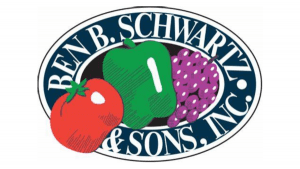Welcome to Blue Book!
Are you ready to join the thousands of companies who rely on Blue Book to drive smarter decisions? View our plans and get started today!
Still have questions? We’d love to show you what Blue Book can do for you. Drop us a line– we’ve been waiting for you.

Imagination—touted as one of the universe’s most powerful forces by the likes of Einstein, Mozart, and Bonaparte—is the formation of new ideas, images, and concepts. Creativity is the use of imagination to generate something different. By throwing innovation into this heady mix, you can build upon imagination and creativity to make changes to an already established concept, product, or procedure.
Apple, Google, and 3M are known for ingenuity and inventiveness; a culture of innovation is fostered within these organizations from the top down and infuses daily operations. But it is equally easy for a trailblazer to lose its way, to become ‘satisfied’ with success. An example is Starbucks, which took the coffee industry by storm, only to crash after its meteoric rise. Howard Schultz, the company’s CEO, recently told the Wall Street Journal that skyrocketing growth can overshadow major corporate mistakes, especially if management becomes complacent and arrogant, embracing the status quo. “Any business today that embraces the status quo as an operating principle is going to be on a death march.”
So how does a successful company avoid stasis? The answer is very simple: by thinking differently. Any company, large or small, can be improved from the inside out, but only if leaders are open to change. Managers and owners must be prepared to forge connections with those who have opposing perspectives, query provocatively, take an ‘anthropological’ approach to observation, and allow experimentation without an overarching fear of failure. While this is certainly easier said than done, the rewards can be substantial and long-lasting.
The Role of Leadership
Tim Vaux is a consultant from Fresh Xperts, LLC who specializes in product launches and new ventures. He describes a good team leader, in part, as a cheerleader. Open communication and honesty, Vaux believes, are essential, especially about how each team’s efforts fit into overall corporate objectives. Leaders who offer this type of insight will instill workers with a passion for success.
Vaux also finds that internal communication barriers within a company often impede innovation. A solution, he says, is to “bring together views that are not just collaborative, but also synergistic.” To do this, Vaux emphasizes creating teams with people from the sales, marketing, research, product design, and legal departments. This approach is a pillar of 3M’s strategy; the company hosts conferences with presentations from every sector of its business, and employees change positions every four to six years, as the crossover between disciplines often sparks new ideas.








